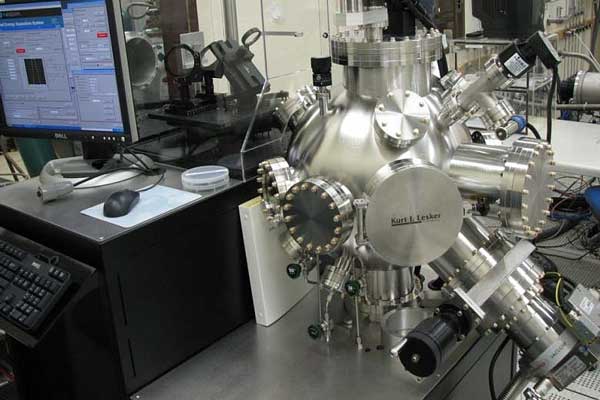Dayton Engineer

U.S. Defense Advanced Research Projects Agency sees promise in University of Dayton technology
By Shawn Robinson, associate director of news and communications
A University of Dayton research project to help U.S. defense agencies tune between radio frequency bands for communication, radar, satellites, and satellite radios earned Phase II funding from the Defense Advanced Research Projects Agency.
As the radio frequency spectrum continues to expand, radio receivers are exposed to more signals simultaneously. The DARPA Wideband Adaptive RF Protection program seeks to develop filtering systems to adapt or tune quickly to protect against interference or other sources that would otherwise degrade performance.
"Eleven teams, which include some of the nation's leading defense companies, participated in Phase I, and just a few advanced to Phase II," said Guru Subramanyam, a professor in UD's electrical and computer engineering, electro-optics and photonics and bioengineering graduate programs who leads UD's research project which includes Lockheed Martin, Indiana Microelectronics, 3D Glass Solutions and Tyndall Institute.
The technology Subramanyam's group is looking to perfect is a variable capacitor (varactor) made of a thin, ceramic film that is less expensive, uses less power and has better tuning than most semiconductor-based devices. Originally developed to cut the number of filters used to sort frequencies in cell phones, TVs and satellite communication systems, the varactors have evolved to support rapid reconfiguration of radio frequency and microwave sensors conducting simultaneous operations.
The technology attracted attention at the World's Best Technologies and TechConnect forums that focus on the world's most promising technologies and of cell phone makers Ericsson, Qualcomm and Nokia when first developed and patented more than a decade ago, according to Subramanyam.
Subramanyam's group has received $780,000 so far for the project and could receive another $320,000 if advances to the third and final phase.
Anyone interested in learning more about the project or varactor technology can contact Subramanyam at gsubramanyam1@udayton.edu.
